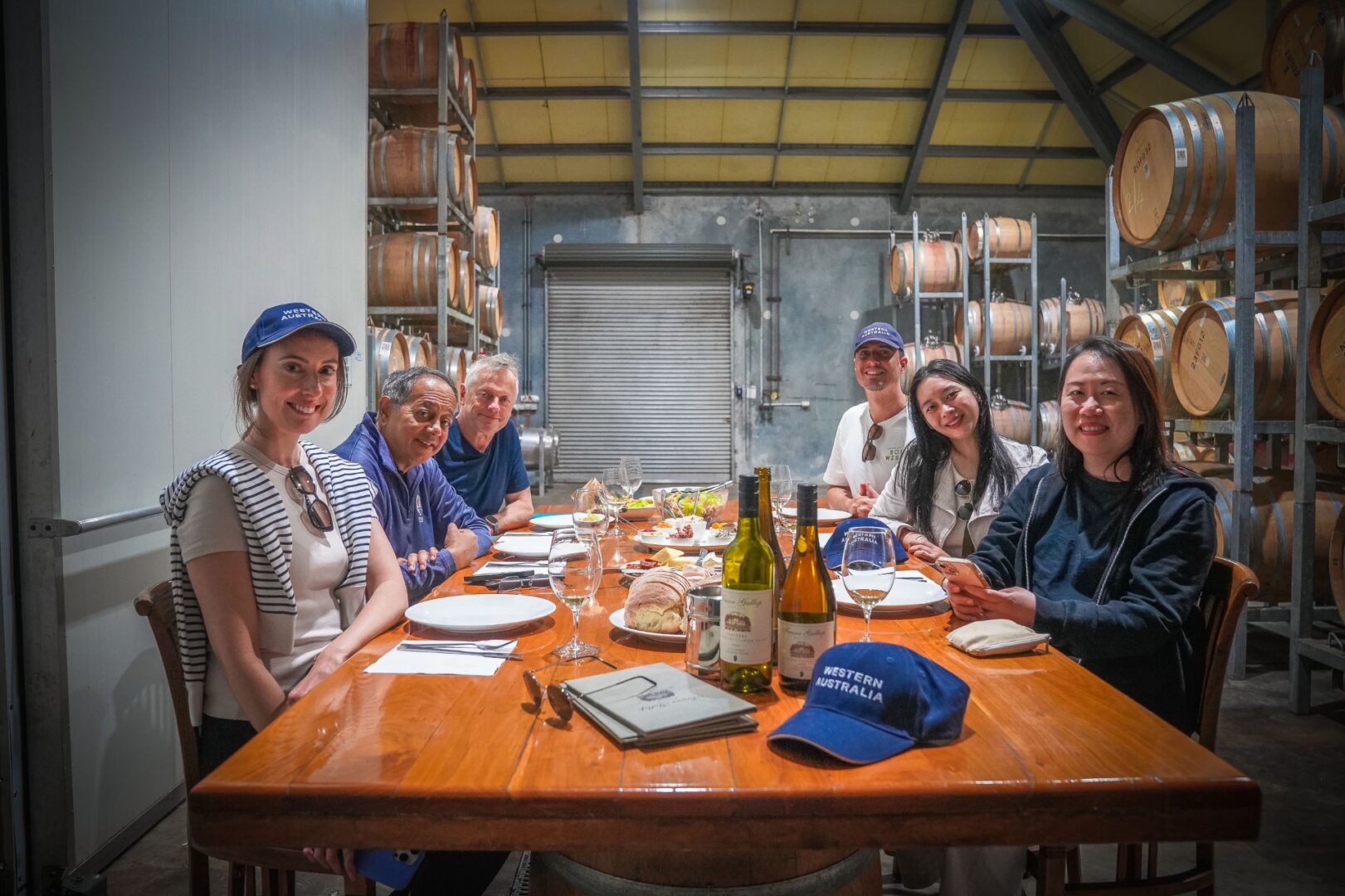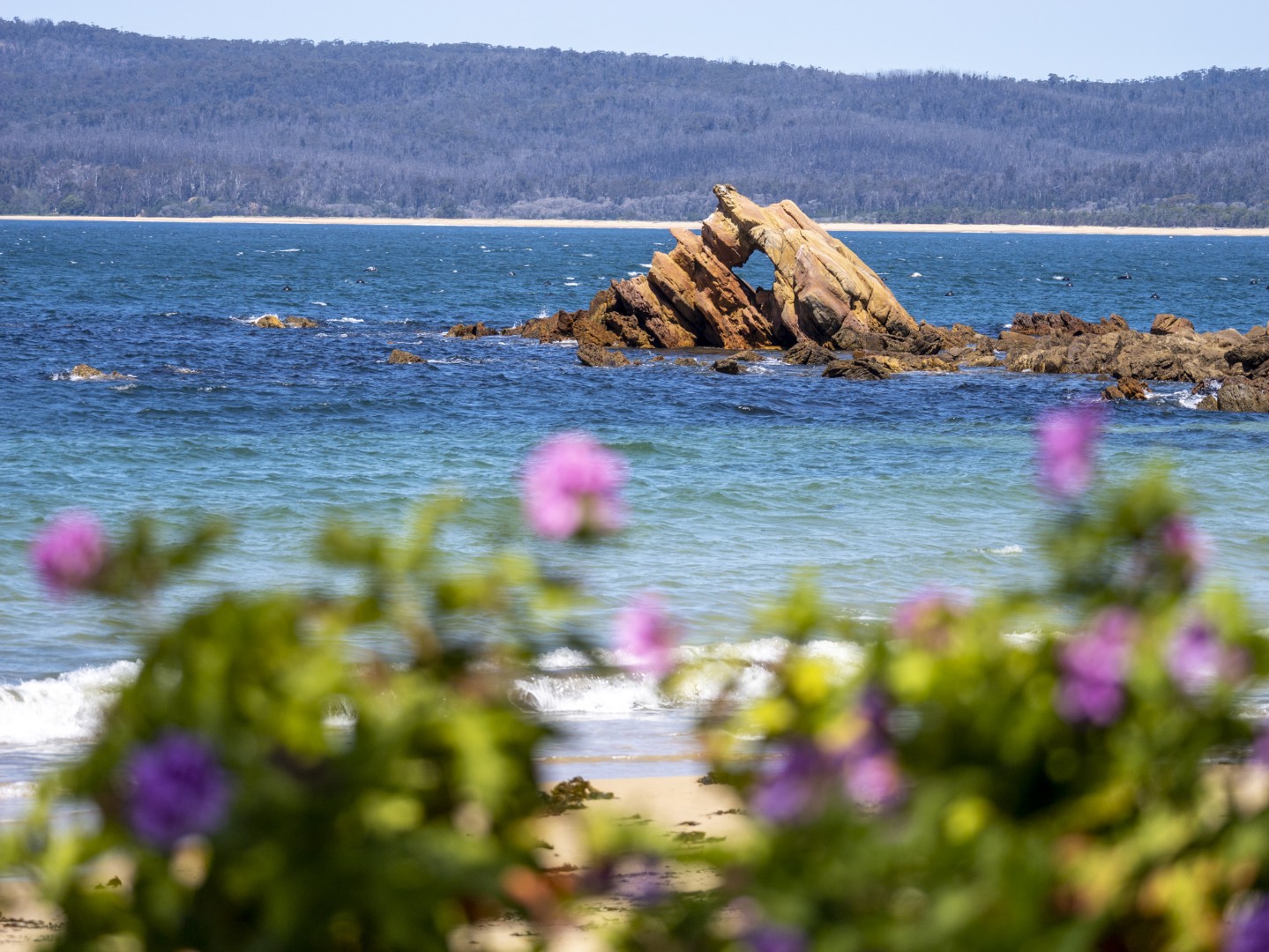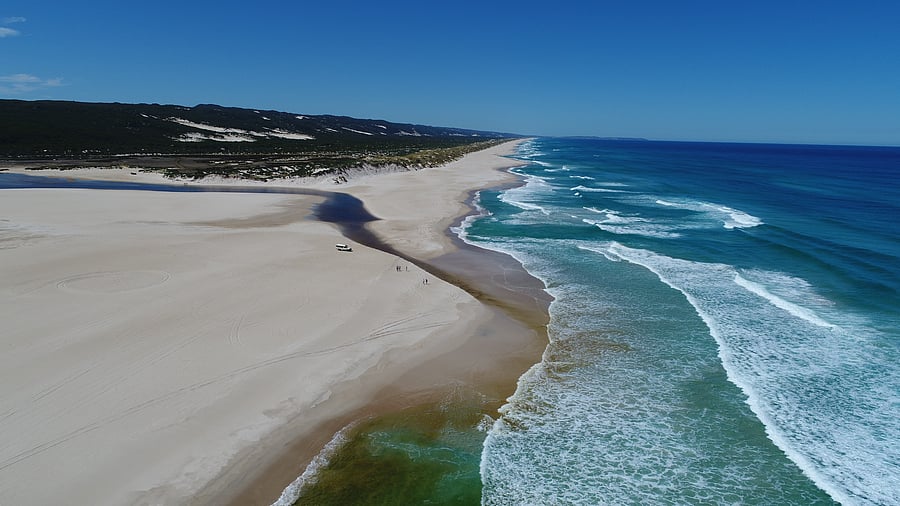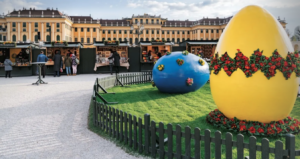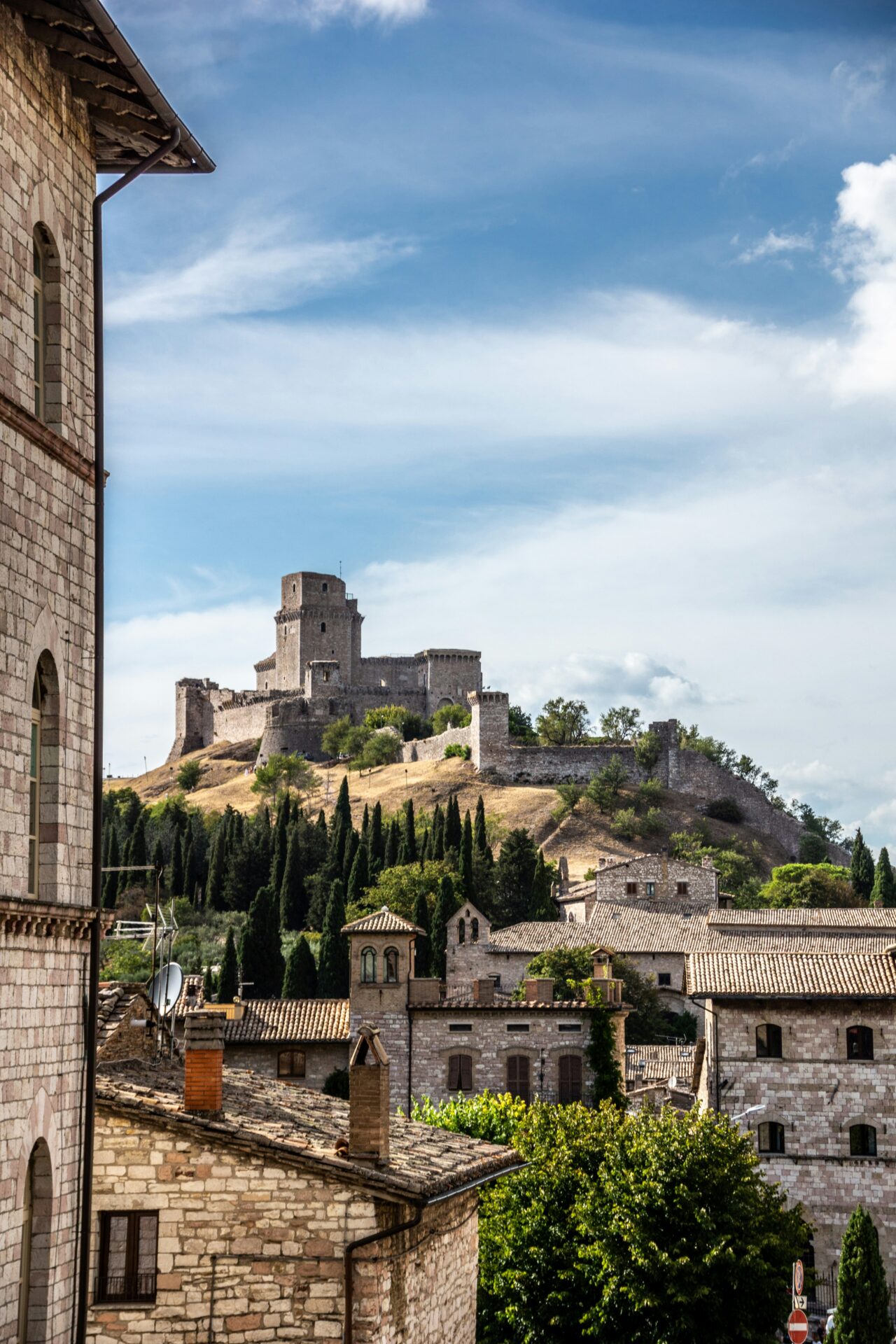
Travels in Italy: Having fun under the Umbrian sun
Unable to sleep because of jet lag, I threw open the green wooden shutters of our upstairs bedroom to watch the unseen sun burning a line just above the horizon. Just below our window, shadowy clumps of olive groves and sage bush still slumbered peacefully. Further away, lines of tall cypress trees marched towards the horizon through the rolling wheat fields like sentinels to salute their rising Caesar. And everywhere the gently sloping hills of Tuscany undulated towards the fiery horizon. The distant outline of a medieval town on the furthest hill caught fire as the first rays of the rising sun broke through. This magical moment explains why Italians describe the birth of a child as dare alla luce, to give to the light. And it is the luminous beauty of this magnificent landscape that has inspired the greatest Italian painters, from Giotto to Leonardo da Vinci.
Visiting the Thompsons in Cortona
We were in Cortona, a medieval hill town whose origins date back to Etruscan times and where my English friends, Chris and Dickie Thompson, have their home. Ten years ago, they bought an old hunting lodge and its accompanying stables and converted the whole thing into a five-bedroom villa complete with azure blue swimming pool and outdoor gym. In doing so, they were emulating the example of Frances Mayes who wrote the bestseller Under the Tuscan Sun: At Home in Italy (1996) about buying and renovating her villa Bramasole, which is just up the road from Casa del Pozzo, the Thompsons’ place. The Hollywood movie based on the book and starring Diane Lane was released in 2003 and shot this sleepy place into international prominence, taking it off the B-list of Tuscan towns.
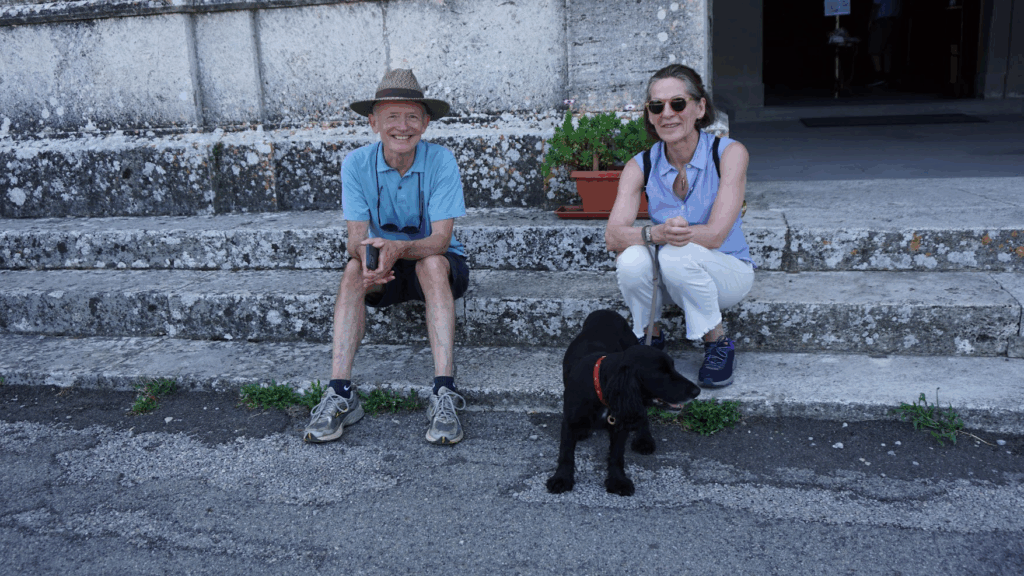
The Thompsons are the active outdoor type, extremely fit and belying their age as senior citizens, and dragged us out of bed early the next morning to go for a brisk walk around the shoulder of Monte San Egidio from where we could get a panoramic view of the Val di Chiana sprawled in front of us. Another quick clamber over the rocky boulders brought us close to the top of the hill where we beheld the Basilica Santa Margherita, an attractive Roman Catholic church built in a neo-Gothic style with a distinctive red-and white striped interior. We tumbled down the hill to the Piazza della Republica, an asymmetrical square in the heart of Cortona, and enjoyed a welcome refreshing drink of San Pellegrino limonata at an outdoor café.
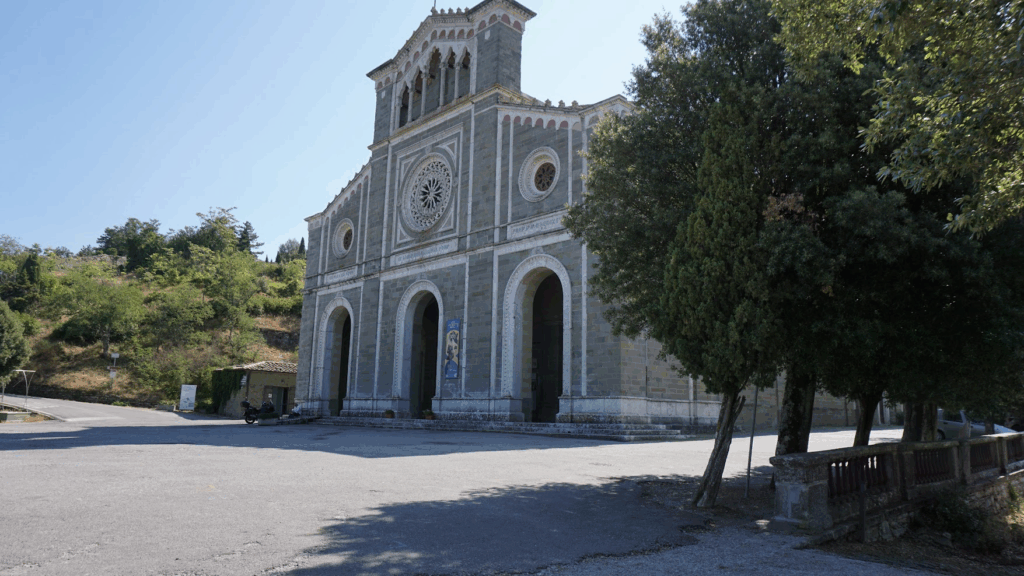
A major highlight of Cortona is the Museo dell’Accademia Etrusca e della Città di Cortona (Etruscan Academy Museum) which is well worth exploring for the ticket cost of 10 euros. It boasts an extremely rich collection of masterpieces from the Etruscan civilisation such as a famous bronze chandelier, a splendid gold fibula in the shape of a crouching panther, and a vast collection of Etruscan and Roman ceramics and bronzes. One room contains an entirely reconstructed Etruscan tomb and there are several beautiful paintings by the Cortonese masters Pietro da Cortona and Luca Signorelli and mosaic abstracts by Gino Severini.

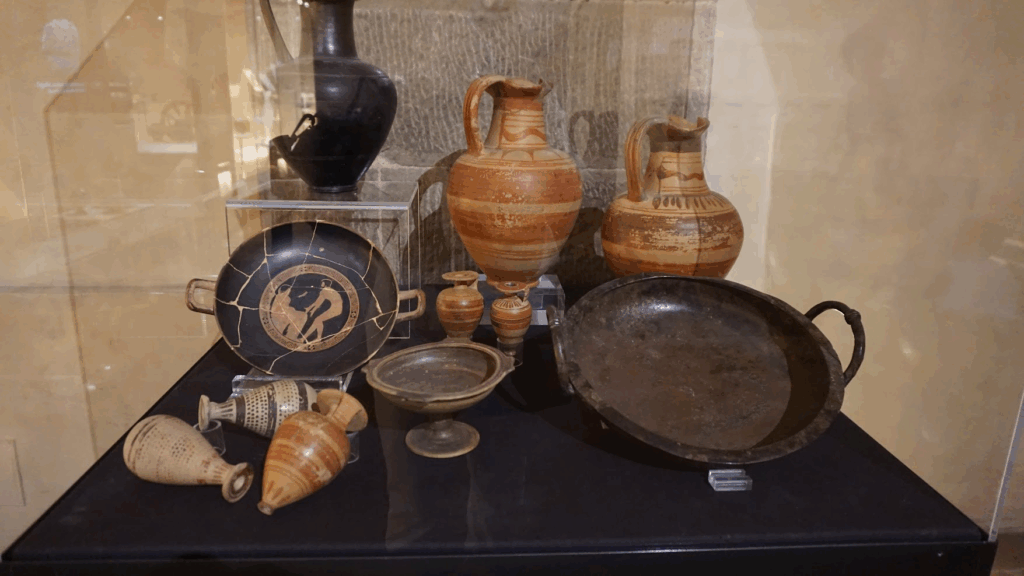
Across the Tuscan border and into Umbria
Leaving our friends and Cortona, we drove across the border to Umbria the next day. Here the first big landmark is Lake Trasimeno, the fourth largest in Italy. This picturesque water body is spread over an area of 130 sq. km, and is large and shallow with a maximum depth of 6 metres. In the main lakeside town of Castiglione del Lago, we sat at an outdoor terrace restaurant overlooking the lake’s marshy shores. The ravioli stuffed with perch caught from the lake was delicious! It is worth spending an hour or so exploring the Palazzo della Corgna and the Rocca del Leone at the end of the town. The walls and ceilings of the palazzo feature vibrant frescoes depicting scenes from the life and times of its royal owner, Duke Ascanio, and other historical events. I was fascinated by the covered walkway that provided access from the palazzo to the Rocca del Leone; the walkway has niches through which rifles could be fired at approaching enemies. This pentagonal-shaped fortress boasts four towers and a triangular bastion and served as a strategic vantage point over Lake Trasimeno.

Perugia – Travelling back to Etruscan times
Fifty km away lies the historic university town of Perugia, the capital of Umbria. Sprawled out over a large hill, this ancient Etruscan stronghold is more spaced out and leafier than its more famous cousin, Siena. We lugged our heavy suitcases up a couple of public escalators and the main artery of Via Priori and finally up to our garret-like apartment on the third floor. After collapsing in the stifling midday heat (Italian apartments generally don’t have A/C), we recovered by the evening to venture out to the Ristorante Al Tartufo, which specialises in dishes cooked with truffles, a Peregian delicacy. Our unshaven waiter from Calabria did not lack for charm and expressiveness, and guided us towards the meatballs with truffles and tagliatelle with truffles, both of which were delicious.
The next morning, we strolled up the Via Priori to the Piazza IV Novembre, the historic centre of Perugia around which the most imposing old buildings are clustered. The first is the Cathedral of San Lorenzo, a huge barnlike structure with a rather drab and unfinished exterior concealing the glorious frescoes and artwork within. The cathedral has a complicated history and even served once as a fort, with cannon being fired through its tall Gothic windows after which it had to be consecrated again, with wine being used to wash down the bloody floors. Outside the cathedral, occupying pride of place in the Piazza IV Novembre, is the magnificent Fontana Maggiore, dating back to 1275 and built to commemorate the arrival of water in the hilltop town by means of an ingenious new aqueduct. The giant fountain consists of two concentric polygonal marble basins adorned by engraved panels and the statues of saints, and is crowned by a bronze cup supported by three nymphs from which the water flows.


One of the truly unique aspects of Perugia can be found underground, right below the Cathedral of San Lorenzo. In one of those only-in-Italy moments, when engineers were checking for structural damage to the cathedral after the earthquake of 1997, they discovered the remains of an ancient Etruscan city. Take a guided tour and marvel at the remains of two temples dating back to the second and sixth centuries BC respectively. They comprised the sacred centre of the ancient acropolis and the surrounding massive terracing walls built without mortar from giant travertine blocks. The walls were intended to both protect the acropolis and make it more imposing. One section is about 15 m high and 45 m long and supports part of the Piazza IV Novembre which lies directly overhead.
Italy can be overwhelming for a visitor, with its seemingly endless treasures of cultural and architectural riches that boggle the senses. So, it was an unexpected pleasure to discover the 25-room Capitular Museum of the Cathedral. This small gem of a museum has on display, in a well-laid-out and compact way, a thematic collection of paintings, sculptures, and rare manuscripts from the sixth to the seventeenth centuries that were the property of the church.
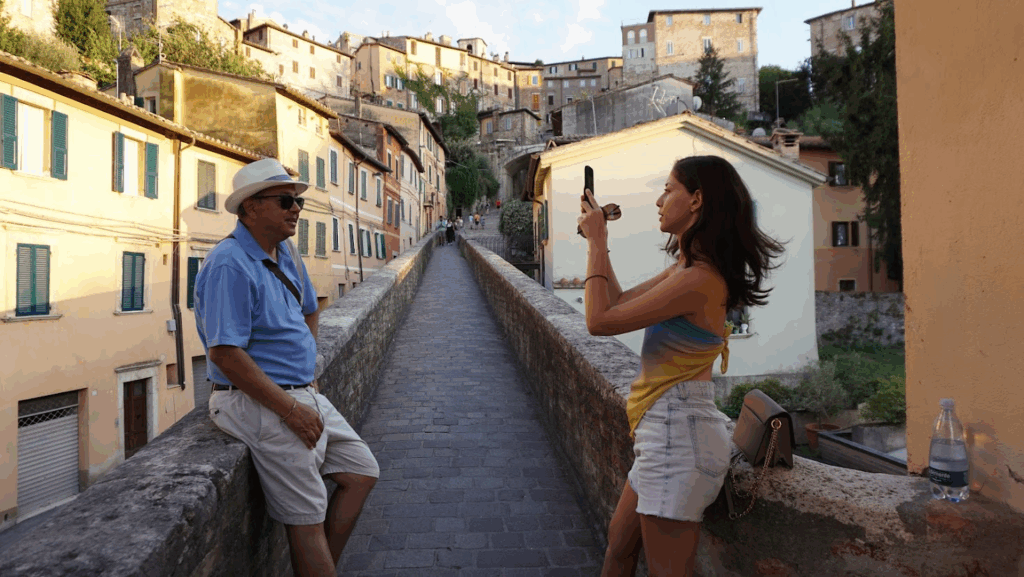
As the sun began to set on our last day in Perugia and the lights began to twinkle in the valley below, we found a delightful little bar called Punto Di Vista with a panoramic view out over the Umbrian hills. Several glasses of prosecco later and fortified by delicacies such as liver pâté on toast, mackerel served with tomatoes on rocket lettuce, and torta stuffed with prosciutto and pecorino, the true meaning of la dolce vita revealed itself.
Pilgrimage to Assisi, hometown of St. Francis
Our final stop in Umbria was its famous town of Assisi, about 30 km from Perugia, where we found the stunning Basilica of St. Francis, one of the most important places of pilgrimage in Italy. St. Francis, one of two patron saints of Italy, was a simple man of God who renounced material riches to embrace a life of piety. He spent his life performing many miracles among the poor and the downtrodden, and the world-famous Franciscan monastic order was founded after him. He was canonized by the Pope in 1228. The double-decker basilica built in honour of St. Francis is visible for miles around as a giant structure protruding from the prow of a hill, much like a grounded aircraft carrier.
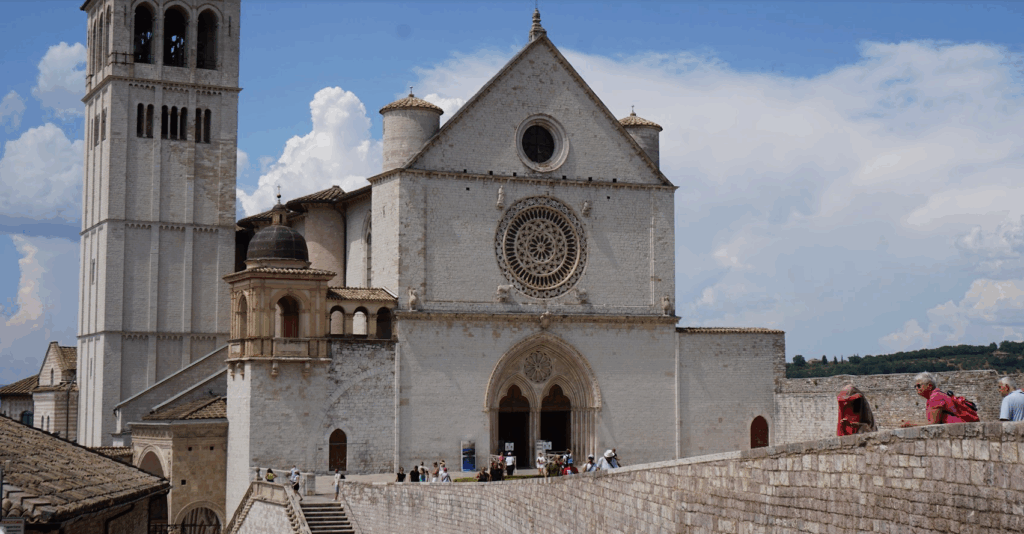
You enter along with the crowds via the Lower Church and can visit the crypt that houses the mortal remains of St. Francis. Spend some time marvelling at the magnificent frescoes that cover this low-ceilinged church from top to bottom, created by the greatest Sienese (Lorenzetti and Simone Martini) and Florentine (Cimabue and Giotto) artists of the thirteenth century. Winding upwards to the Upper Church, which has a much higher vaulted roof, you will see frescoes representing stories of the life of St. Francis as well as wall paintings of the Old and New Testaments. The irony that this glorious and glittering Basilica is a monument to a man who devoted his life to the most humble and pious of causes is not lost on the visitor.
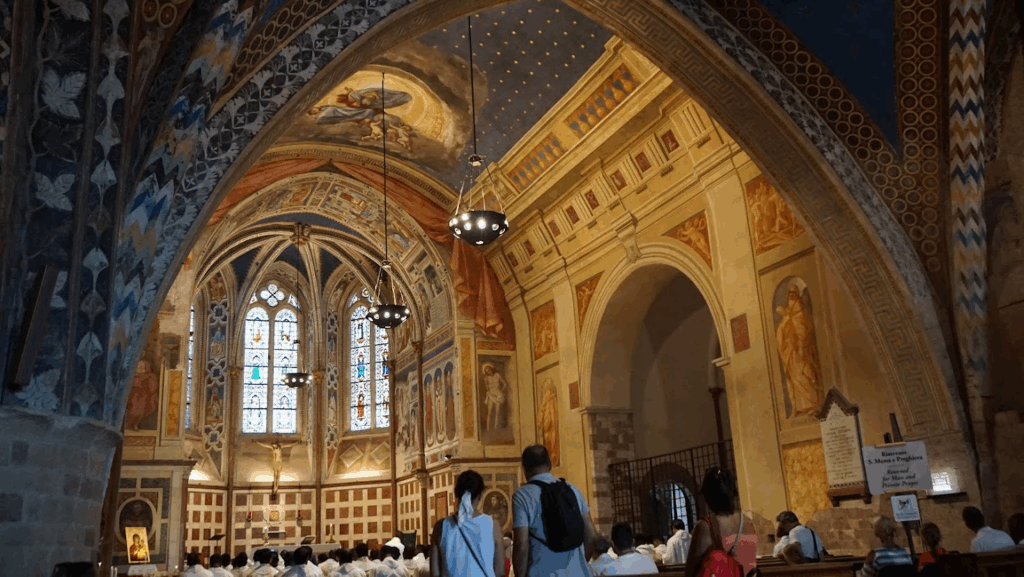

![]()

